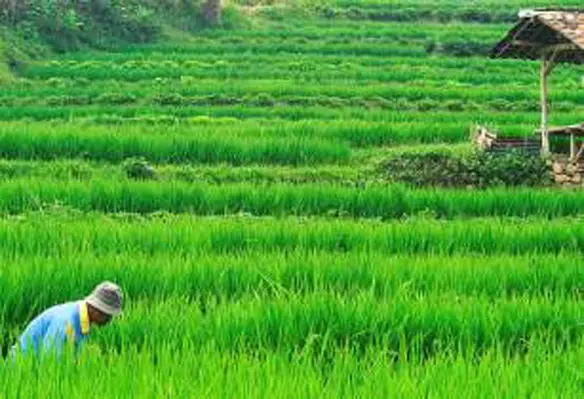Thailand has invited the country’s private and farming sectors to join the government to develop a new rice plan for the current year
According to the commerce permanent secretary Chutima Boonyaprapat, the three parties have agreed to produce 25mn tonnes of rice in 2016-17 instead of the usual 32mn tonnes. The reason behind the drop in production is to keep up with market demands and reduce rice-farming areas due to drought.
By a month, the plan will be finalised, added Boonyaprapat.
To aid with the new production plan, the commerce ministry is also expected to slash costs of fertilisers, pesticides and harvesting techniques, in addition to raising the standards of rice mills.
The plan also entails a domestic marketing strategy, which will see the ministry secure rice markets and ensure fair trading practices such as weighing, humidity measurement, price tagging and setting rice trade standards.
In addition, the Thai Agriculture Ministry has been entrusted with rice cultivation zoning mainly for different types of rice and water management for various cultivation zones in the country.
While the ministry is set to implement this new rice plan, the country is bracing itself for another year of drought. The global economic slowdown could also affect Thai rice exports, revealed a government official. Total rice exports have been cut down from 10mn tonnes to nine million tonnes. This includes 4.8mn tonnes of white rice, 2.2mn tonnes of Hom Lee fragrant rice, 2.2mn tonnes of parboiled rice, 200,000 tonnes of sticky rice and 100,000 tonnes of Hom Pathum Thani rice.





